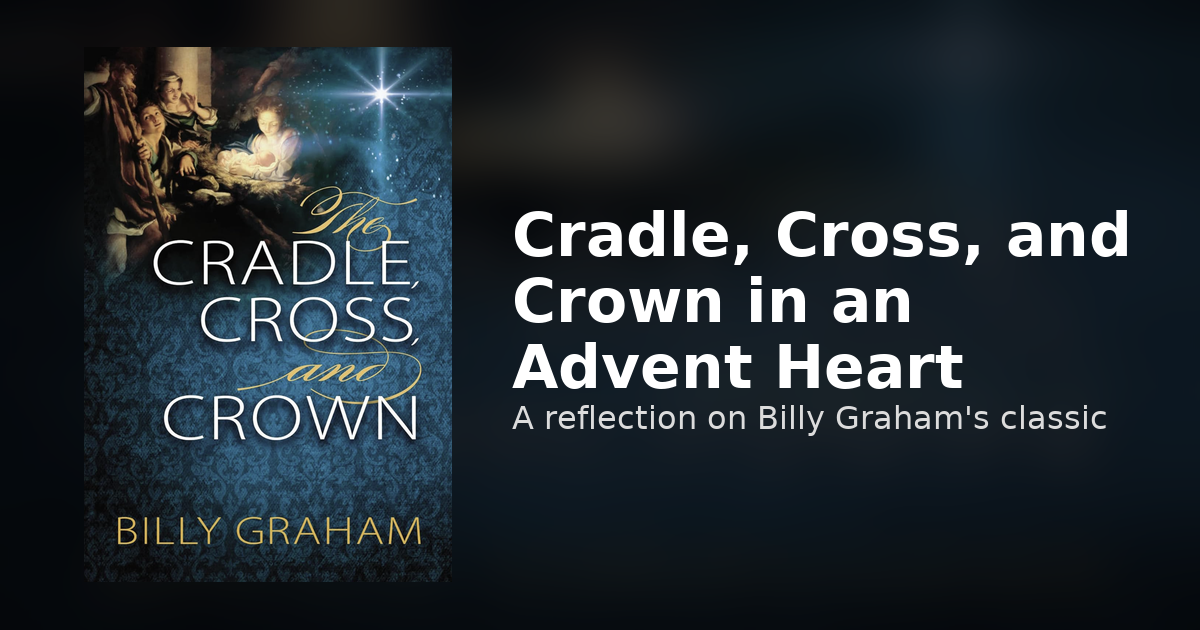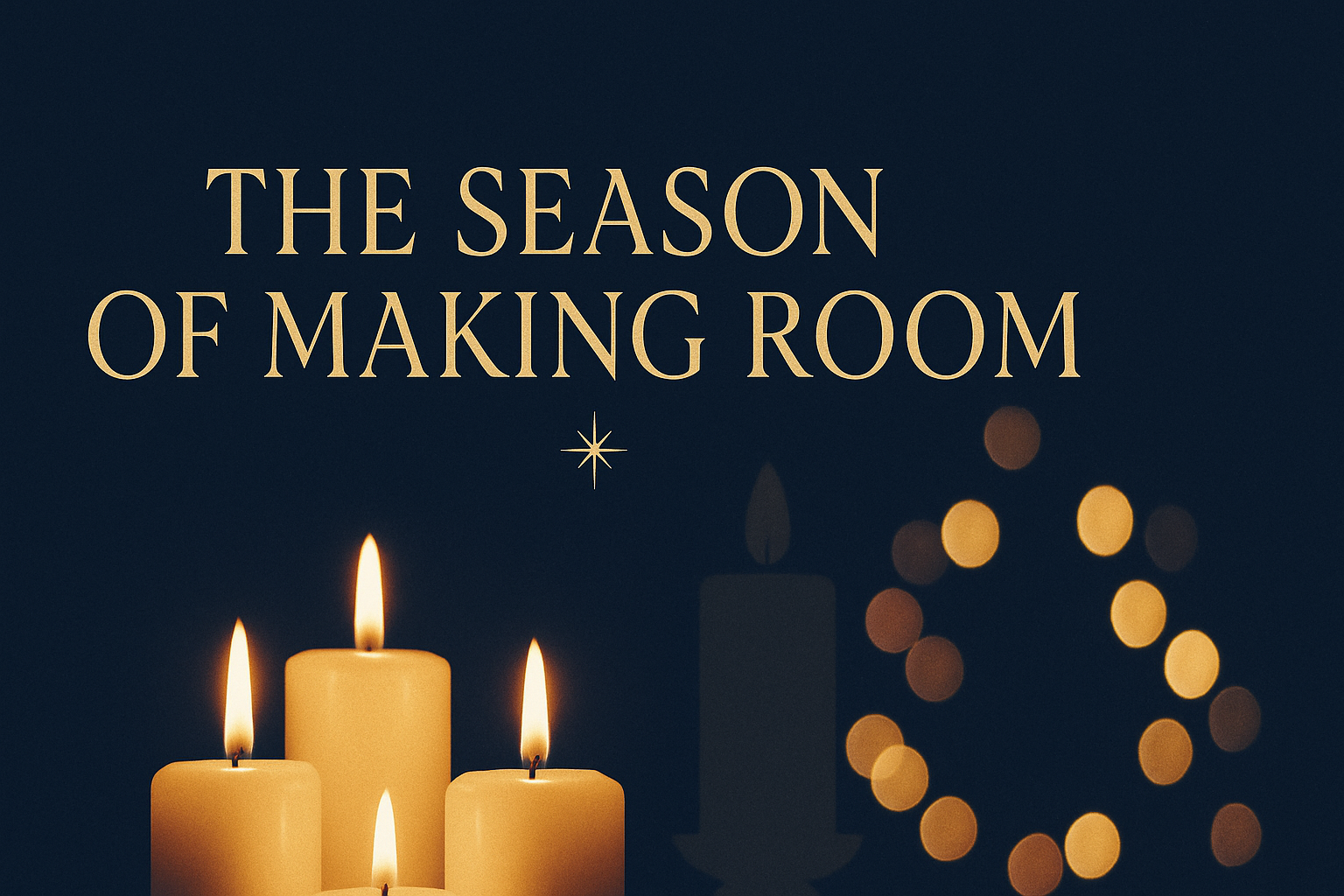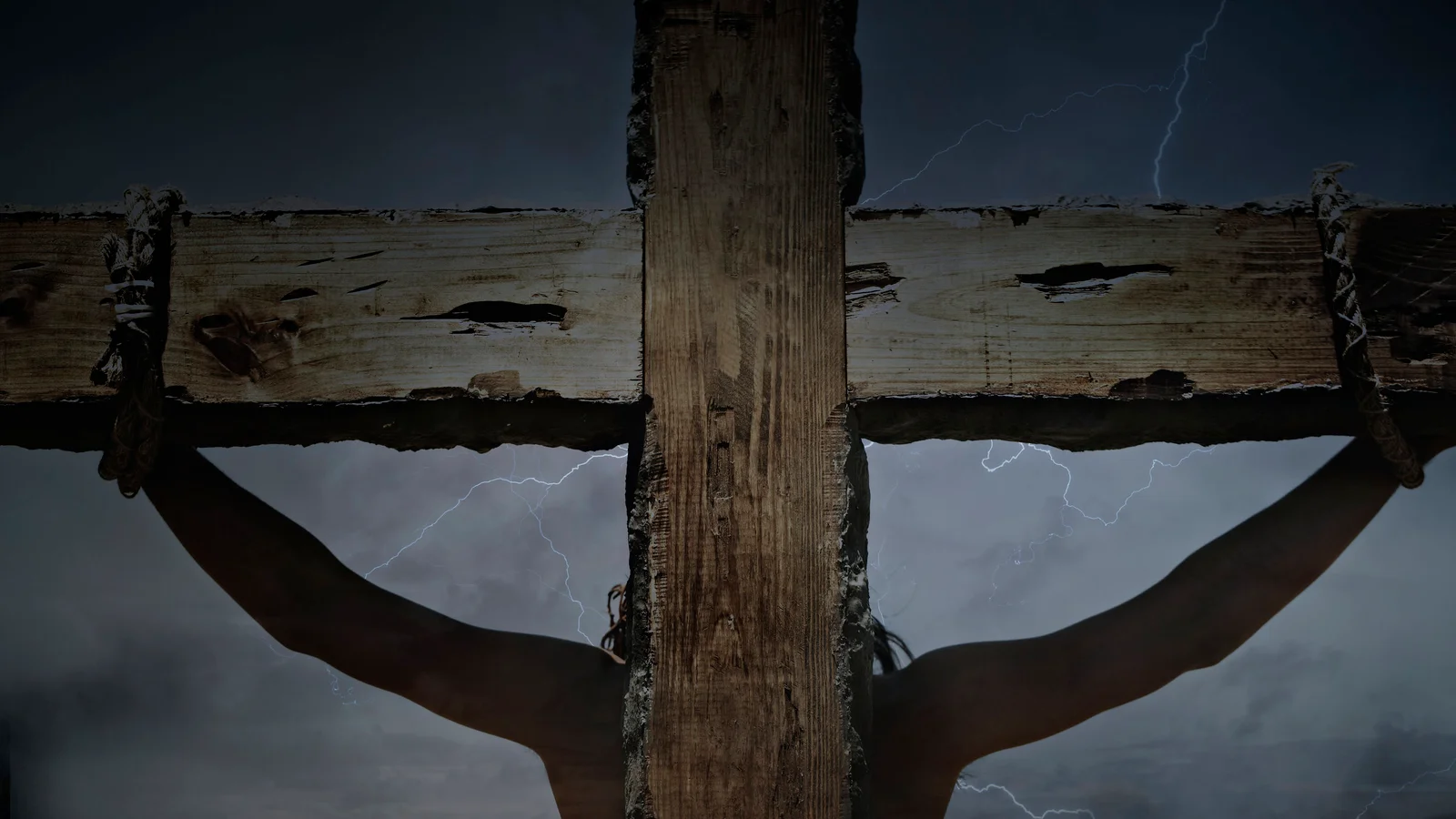How can God die? The answer is by his own choosing. Jesus was on a salvific mission. A permanent sacrifice was needed for justice to be accomplished. The law was never sufficient to save mankind, because after temporary sacrifices were made people continued to sin. There was only one permanent sacrifice, because it would have to be a sacrifice that encompassed not only the lamb who was sacrificed and the scape goat, but also the high priest who could continually intercede on behalf of the people of the throne of God.
In Jesus we have both the sacrifice and the intercessor. We learn in the letter to the Hebrews that Jesus is a great high priest in the order of Melchizedek, a priest mentioned in the old testament that was neither apart of the Levitical priesthood or an Israelite. In Hebrews the author tells us that Jesus is a priest not based on the law but on the value of an indestructible life. That Jesus is the Guarantor of a better covenant, because while priests in the Levitical priesthood were many in office, they were prevented by death of continuing on. Jesus can continue forever because he is in the priesthood permanently. Although he experienced death as the lamb upon the cross, he was also the high priest who lasts forever. Death would not and cannot keep him from his role as great high priest.
Jesus is the poetic culmination of the Old testament. The prophecies, the promise. He is the messiah who came to take away the sins of the world. But he wasn’t recognized by the religious leaders of the day, because they expected the Messiah to be a general coming to save the Jewish people from Roman rule and establish a kingdom of their own. Jesus instead came into the world in a lowly fashion, born in a manger to a teenage mother who was most likely thought of as a harlot. He was a carpenter from the backwater. He was supposed to be nothing more than a blip on the pages of history. He didn’t come from the ruling elite and he did not come on a warhorse. Instead he rode into town on the back of a donkey while the common people cried out save us and laid down palm branches, and he was carried from the city dead to the tomb of a friend. If Jesus was just a man, he would be like the rest of the people crucified that day. But Jesus was God. And on the cross of Calvary the full wrath of God, which was justly directed toward humanity because of our sin against God, was directed on His only begotten son. Jesus received our wage for our sin; he received our death. And in the moment when he cried out “my god, my god why have you forsaken me?” the veil between God and Man was torn, literally and figuratively. As the shroud in the temple ripped so did the spiritual reality that humanity was separated from God for all time because of our sins. We had been given the perfect sacrifice in Jesus, who opened the door for us to be in right relationship with God once more.
I’ve been asked before why was the crucifixion necessary? Why couldn’t God just snap his fingers and make everything ok again? The answer to that is God’s nature, which is revealed to us as fully just and fully loving. This loving and just God never acts against his own nature, so the debt of sin had to be paid. This idea of debts needing to be paid was not alien to the culture at the time—in fact the basis of debt was critical to the economic structure of the society. The debt of sin being wiped away once and for all would have held great meaning, then and now. Jesus took our debt and paid the penalty upon the cross. In His work God remained fully just and fully loving. We received his righteousness, and the world was forever changed.




